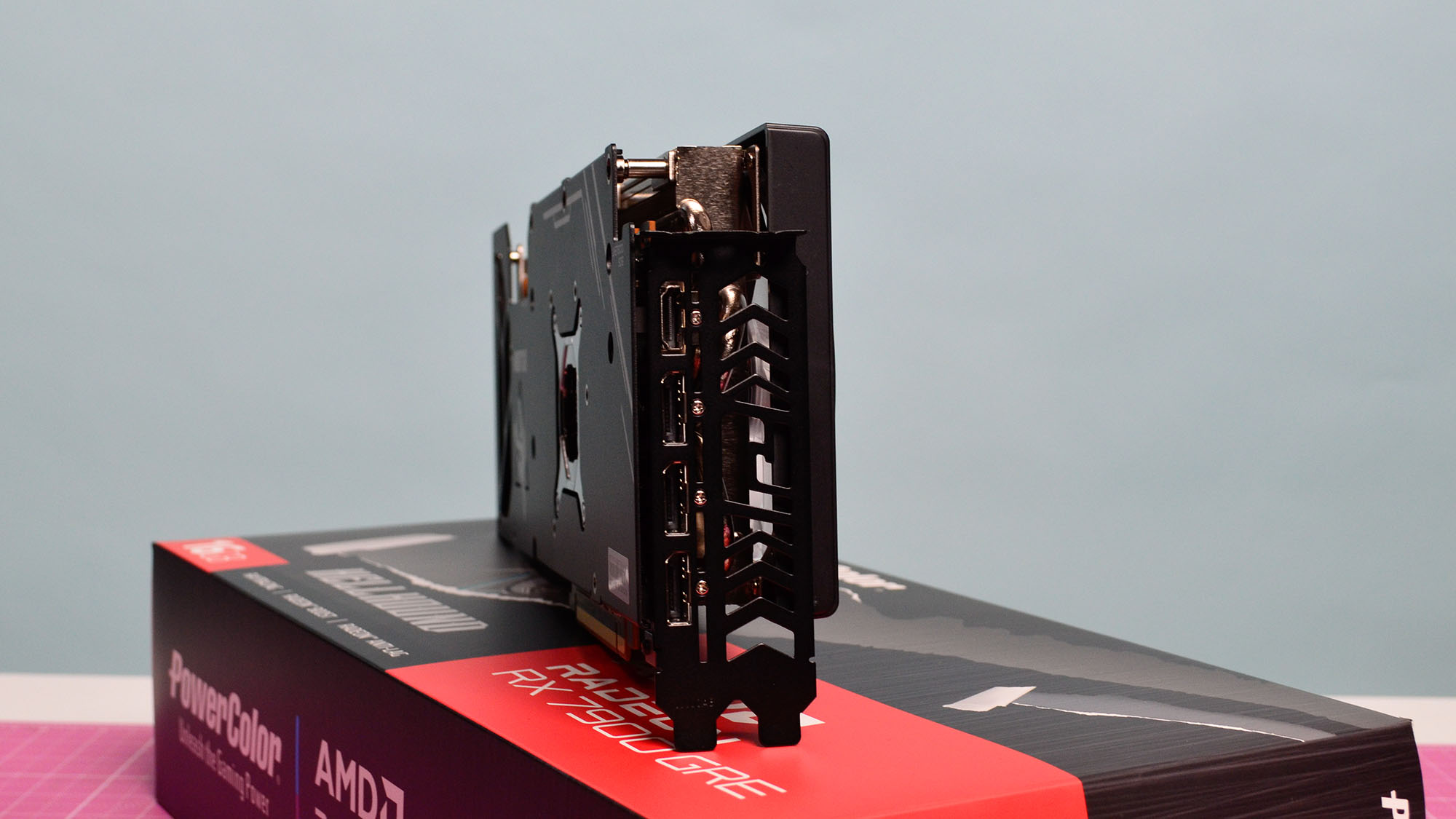AMD admits RX 7900 GRE GPU has a bug holding it back – and some PC gamers will benefit when the fix arrives
Overclockers will be able to push the RX 7900 GRE to its fullest extent after the fix

AMD’s RX 7900 GRE graphics card has been making waves since its official launch in the US (and elsewhere outside of China), and we’re now finding out that the GPU will soon perform better than it already does – for those looking to overclock it, that is.
The RX 7900 GRE sits between the RX 7800 XT and 7900 XT, and we’ve been impressed with this fresh addition to the mid-range GPU market from AMD, which was originally released as a China-only product. (Hence the GRE label which stands for ‘Golden Rabbit Edition,’ although this shows its age – at this point the variant should be the ‘Golden Dragon Edition’ strictly speaking).
At any rate, while the RX 7900 GRE has seen some considerable positive acclaim, there’s been some puzzlement, too, around the overclocking potential with this graphics card.
As Tech PowerUp observed in its review (via Tom’s Hardware), the 7900 GRE appears to be artificially limited to 2,803MHz for its boost speed (and 2,316MHz for the memory clock).
AMD confirmed to Hardware Unboxed’s Steve Walton that the graphics card is indeed hampered in this respect, and that it’s a glitch causing this.
Walton informed us that: “AMD has told me that extremely limited overclocking of the GRE cards is a bug and it will be addressed shortly.”
Analysis: Overclockers are golden here
So, there you have it – that bug should soon be fixed, and it’ll mean the RX 7900 GRE is potentially even better value for money. For those who will push the GPU harder via overclocking, that is, who’ll be able to get a bit more mileage in performance due to that. (Note that the bug fix won’t make any difference to default clocks, so out of the box, the 7900 GRE will still perform with the same base and boost clock speeds – only overclockers will benefit here).
Sign up for breaking news, reviews, opinion, top tech deals, and more.
This is another green tick for custom RX 7900 GRE models, which will have an expanded scope for overclocking. (Those are the boards with custom cooling solutions that allow for better overclocking in comparison to reference cards, although we should note that they are pricier, and you’ll pay more than the MSRP, especially for the highest-end models).
There are some gamers out there scratching their heads about the way AMD has gone about deciding the spec of the RX 7900 GRE, questioning some decisions such as running with a slower memory speed and bandwidth than the 7900 XT, and dropping overall power usage.
But Team Red was always going to have to ensure that this graphics card fit and made sense as a bottom-tier 7900 offering, and its performance seems well-judged in this respect, nicely shaking up the mid-range GPU market as we concluded in our review.
Why was the RX 7900 GRE made available outside of China? Well, for the mentioned added competitivity against Nvidia’s new mid-range Lovelace products (namely the RTX 4070 Super), and bulking out the volume of mid-range Radeon products (with last-gen GPUs in this space now drying up). Furthermore, this GPU is a way of getting rid of the bottom segment of Navi 31 yields (with the GRE’s cut-down core count).
Whatever AMD’s reasoning for a global launch, the RX 7900 GRE is a welcome new mid-range contender. And even more so when this bug is fixed and overclockers aren’t hampered by said limitations – increasing the already favorable odds that this might be a GPU that’ll soon find a spot in our roundup of the best graphics cards.
You might also like
Darren is a freelancer writing news and features for TechRadar (and occasionally T3) across a broad range of computing topics including CPUs, GPUs, various other hardware, VPNs, antivirus and more. He has written about tech for the best part of three decades, and writes books in his spare time (his debut novel - 'I Know What You Did Last Supper' - was published by Hachette UK in 2013).